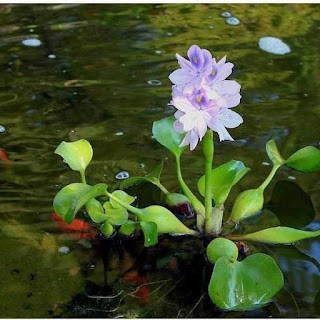Throughout the USA, koi ponds are more popular than ever. It's possible to find high-quality Koi for very inexpensive costs almost anywhere in the world, and the setup isn't difficult at all, either. Get ready to learn all you need to know about building and setting up your very own Koi Pond, even if you've only ever fantasized about it!
Things to Consider Prior To Starting a Koi Fish Pond
A Koi pond will require time, effort, and money to build, but it can be highly rewarding. Before you begin, consider the following.
As with any backyard pond, a Koi pond may be a fantastic method to maintain fish in your yard. In addition to providing fish with a wide range of habitats, ponds may also serve as a beautiful and peaceful area for you in your backyard. Aquaria are extremely different from ponds in that they require distinct upkeep and care. Apart from being resilient and easy to maintain, keeping Koi fish requires some special care. Make sure to research what you're getting yourself into before you start your own Koi pond.
Consider Price
If you're looking to buy Koi fish, be prepared to pay thousands of dollars. Because of their markings and lack of flaws, the more costly fish are highly sought-after. Their size is also a factor in determining the worth of their work. Despite the fact that Koi may live up to 100 years, they generally survive 20-30 years if they are properly cared for. Apart from this, you also think about Koi Pond Accessories.
It is Important To Think About The Size of The Pond.
Most importantly, make sure you have enough area to dig it safely on your land before determining the size of your koi pond. Having a rough idea of how much area you have will give you a starting point for the size of the pond. Most Koi Ponds need to be larger than backyard fish ponds; therefore, they may not be suitable for those who do not have enough room.
What Are The Basics Of Koi Pond Water Filtration?
But these aren't the only sorts of filtering systems that may be found in ponds. Given that humans created it, the filtering process requires human intervention. All aquatic life in your pond depends on the filtration systems and frequent maintenance. Chemical filtering removes nutrients and other organic debris, whereas mechanical filtration is made up of many parts. Get detailed information about this from the Pond Supply Store.
What Kind of Fish Are You Talking About, exactly?
You may choose between Koi, Goldfish, or a natural pond with no fish. Make a decision before you begin construction. Depending on where in the world you reside, the ideal fish for your pond will be different. It's important to select fish that will flourish in your garden, so choose species that thrive in an environment and ecosystem as similar as possible to the one you have at your home. Similar to caring for fish in an indoor aquarium, you should also properly care for fish in your pond or lake. For your climate, your pond size, and each other, choose the perfect fish. Some fish species do not get along; therefore, be sure to check the compatibility of the species.







